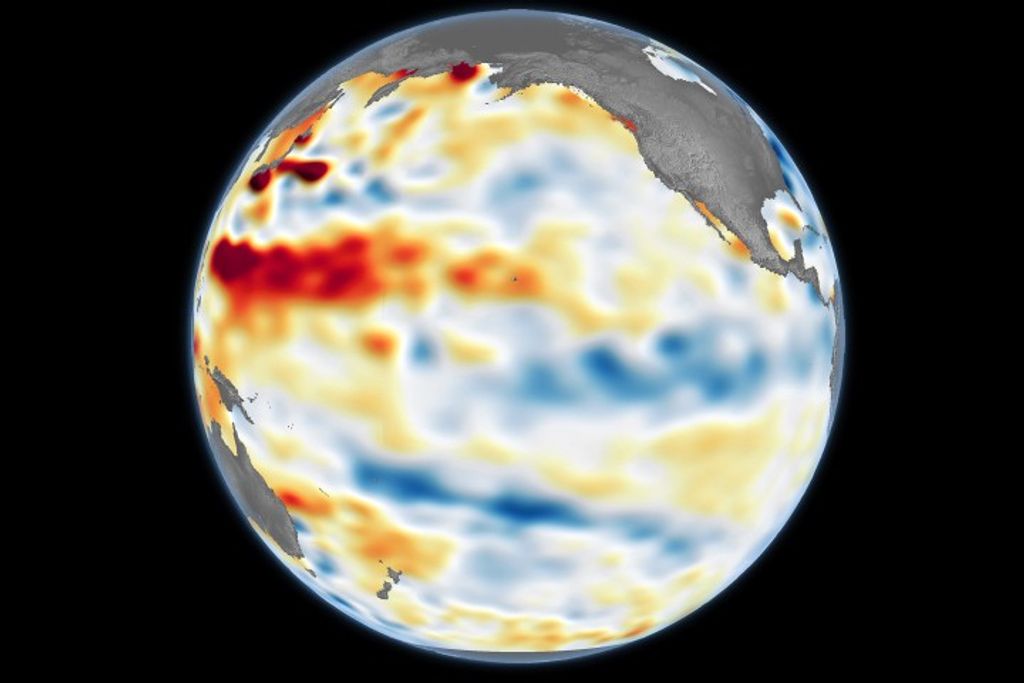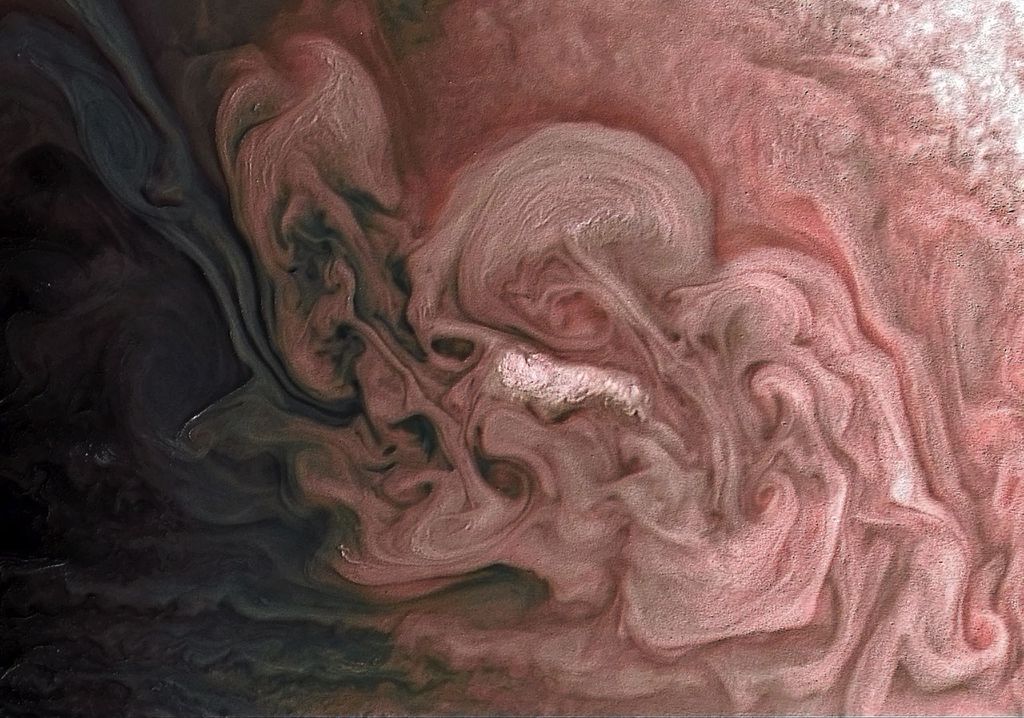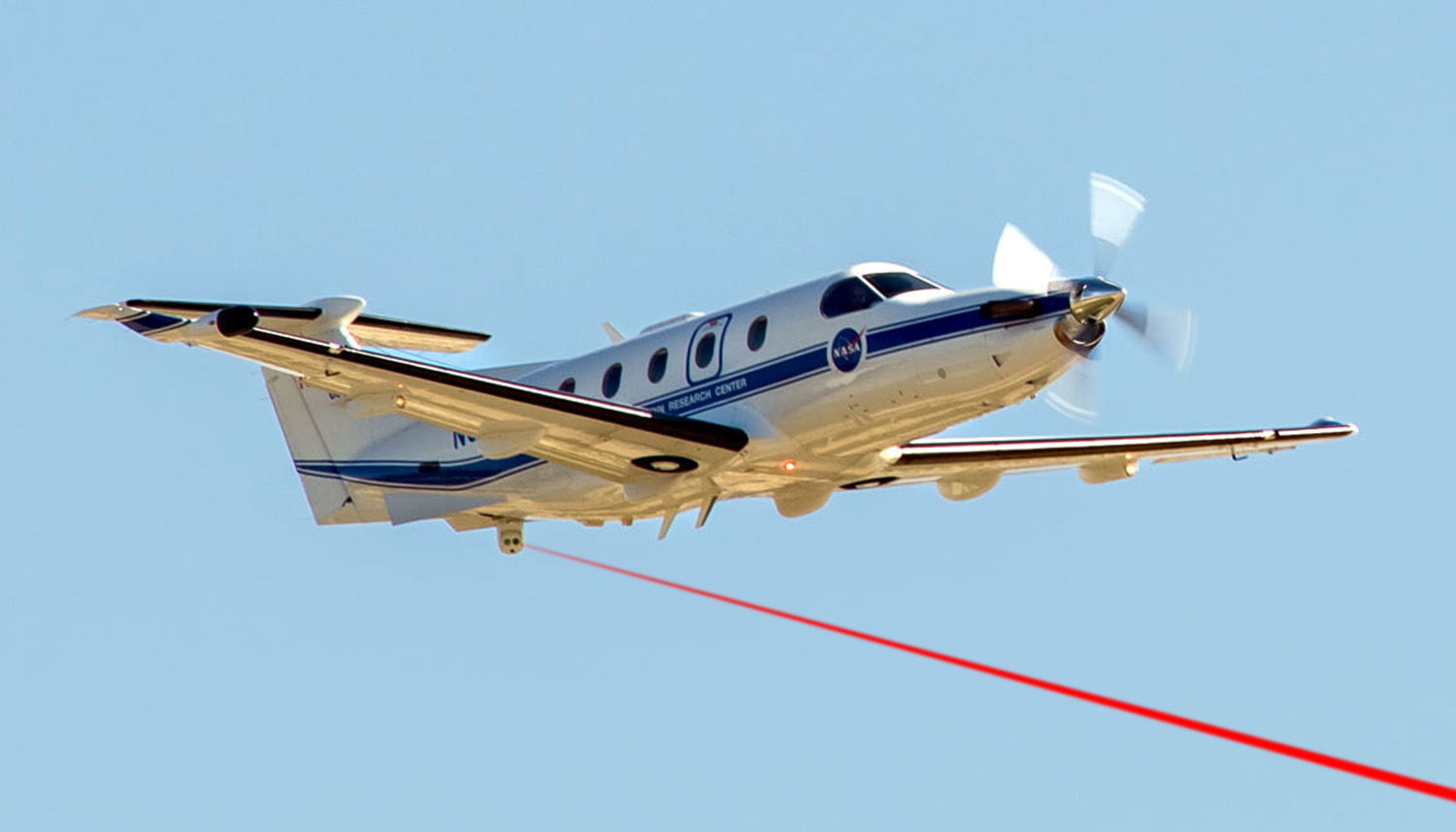Airborne Laser Communication Testbed
NASA research platform enables high-speed, secure, jam-resistant data links, requiring line of sight, with over fifty hours of successful aircraft testing.
Overview
The Airborne Laser Communication Testbed (ALCT) is a research platform in high-data-rate communication systems designed to complement existing aeronautical radio frequency (RF) communications. This innovative technology offers several distinct advantages: exceptional data transmission rates, resistance to jamming, enhanced physical security, and low probability of interception/detection (LPI/LPD). Notably, it operates independently of RF spectrum allocations, requiring clear line of sight (LOS) to establish a link within its operational range. The system’s reliability has been extensively validated through three comprehensive flight campaigns, accumulating over 50 hours of operational link-time across aircraft platforms – including the DHC-6 Twin Otter and PC-12 – with ground station operations centered at NASA Glenn Research Center’s hangar facility.
Recent developments of the ALCT have provided practical approaches to critical aerospace communication challenges. Through rigorous flight testing conducted between 2019 and early 2025, research teams have successfully demonstrated the system’s capability to maintain high-speed data transmission across significant distances in both air-to-ground and preliminary air-to-air configurations. This advanced laser communication technology has proven its viability as a powerful complement to conventional RF systems, showing promise for both manned and unmanned aircraft operations.
The ALCT’s ability to sustain gigabit-class data rates at distances up to 60km slant path, while maintaining operational links at even greater ranges, marks a significant advancement in aeronautical communication capabilities. A particularly noteworthy achievement has been the successful implementation of air-to-air tracking, validated through retroreflector testing. These innovations hold special significance for urban air mobility applications and address the growing demand for reliable, high-bandwidth communication solutions in increasingly congested airspace environments.
Versatile Airborne Testbed
Advancing critical aerocommunication technologies for the National Airspace System (NAS) and Urban Air Mobility (UAM) through targeted research.
Accelerated Development
Rapidly advancing laser communication systems through Technology Readiness Level (TRL) stages using a flight-ready testbed that bridges laboratory concepts to real-world implementation.
Expanded Research Capabilities
Enabling applications in networking, multi-radio systems, secure communications, remote monitoring, real-time high-definition (HD) video transmission, and more.
Objectives
- High-Speed Transfer: Achieve gigabit-per-second (Gbps) transmission rates between laser communication nodes.
- Versatility: Validate system performance across diverse flight scenarios and environmental conditions.
- NAS Integration: Develop operational concepts for integrating airborne laser communications into the NAS.
- Interoperability: Establish reliable integration between optical and conventional radio systems.
Advantages
- High Throughput: Exceeds transmission rates of conventional radio-frequency (RF) systems.
- Spectrum Flexibility: Operates without RF licensing or regulatory constraints.
- Enhanced Security: Offers low probability of interception or detection.
- Jamming Immunity: Unaffected by RF interference.
- Density Support: Enables deployments without signal degradation
- High-Density Support: Maintains performance in crowded signal environments.
Approach and Challenges
- Progressive Testing: Conduct validation through laboratory, ground-based, and in-flight testing.
- Iterative Development: Apply a fly–fix–fly–innovate methodology to refine system capabilities.
- Precision Engineering: Optimize laser pointing, acquisition, and tracking systems.
- Regulatory Coordination: Support development of frameworks for safe NAS integration.
- Hybrid Connectivity: Enable seamless handoffs between laser and RF communication systems.
Contact
| Area of Expertise | Researcher Name | |
|---|---|---|
| Optics and Photonics | Adam Wroblewski | adam.c.wroblewski@nasa.gov |
NASA Glenn facilities where this research is conducted:
Flight Research Building
Built in the 1940s, the Flight Research Building (Hangar) is a 65-by-250-foot heated facility that is large enough to hold numerous aircraft of various sizes. It has been home to many unique and innovative aircraft over the years.
Learn More about Flight Research Building
Key Publications
| Publication Title | Author(s) | Source | Type | Year |
|---|---|---|---|---|
| Quantum technologies for UAS (QTech) | E. Rieffel, A. Wroblewski | Annual Convergent Aeronautics Solutions (CAS) Showcase | Poster | 2020 |
| Convergent Aeronautics Solutions Project: QTech | E. Rieffel, A. Wroblewski | Annual Convergent Aeronautics Solutions (CAS) Showcase | Presentation | 2019 |
| An overview of key optical communications technologies under development at the NASA Glenn Research Center | F. A. Miranda, S. A. Tedder, B. E. Vyhnalek, J. N. Downey, A. C. Wroblewski, et al. | Optical Interconnects XXI | Conference paper | 2021 |
| Quantum technologies for UAS (QTech) | S. Grabbe, E. Rieffel, Z. Wang, S. Hadfield, A. Wroblewski | AIAA Aviation Conference | Conference paper | 2019 |
| Laser beam propagation simulations of long-path scintillation and fade with comparison to ground-to-aircraft optical link measurements | Y. K. Chahine, A. C. Wroblewski, J. E. Malowicki, et al. | Optical Engineering 60(3) | Journal article | 2021 |
Key Patents
Please note that you may need to disable the pop-up blocker on the U.S. Patent and Trademark Office website when viewing the patent references linked below.
| Patent Title | Inventor(s) | Year | Patent # |
|---|---|---|---|
| Space-and-wave-division de-multiplexing of a quantum key distribution and classical channels into a single receiving optical fiber | A. Wroblewski | 2023 | 11,588,628 |
| Systems and methods for laser beam expander alignment and stabilization | A. Wroblewski | 2021 | 11,121,518 |
| Hybrid communication system including a mounting structure for an optical element | A. Wroblewski | 2020 | 10,673,146 B1 |
Discover More Topics From NASA
Communications research at NASA's Glenn Research Center
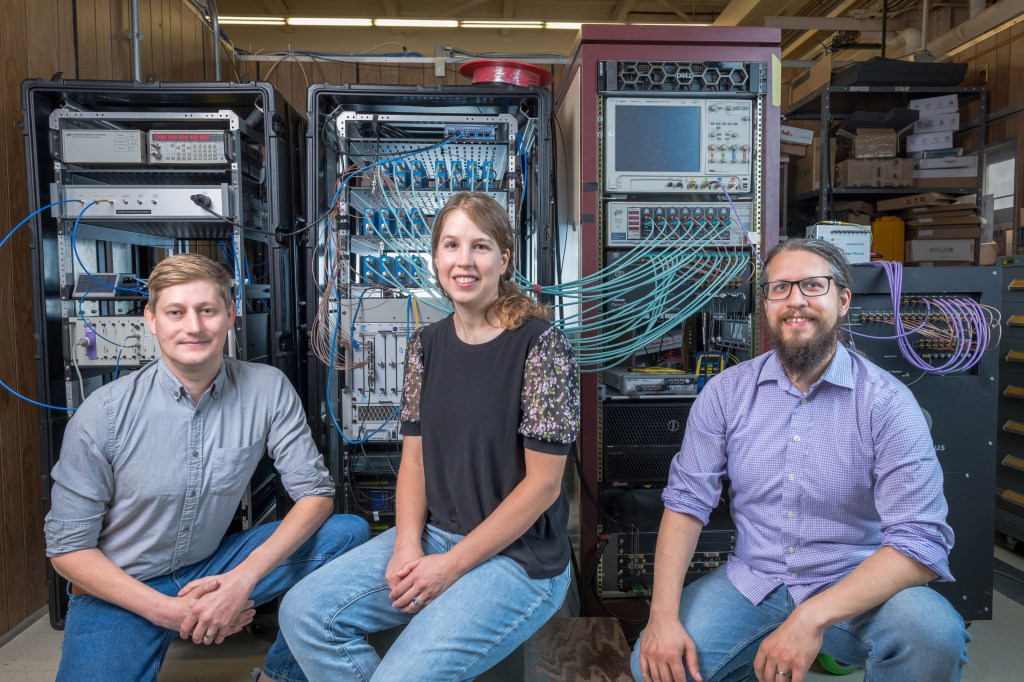
Optical Communications
NASA is upgrading optical communications for faster data transfer with lower mass and power, meeting the high-capacity needs of future space missions.
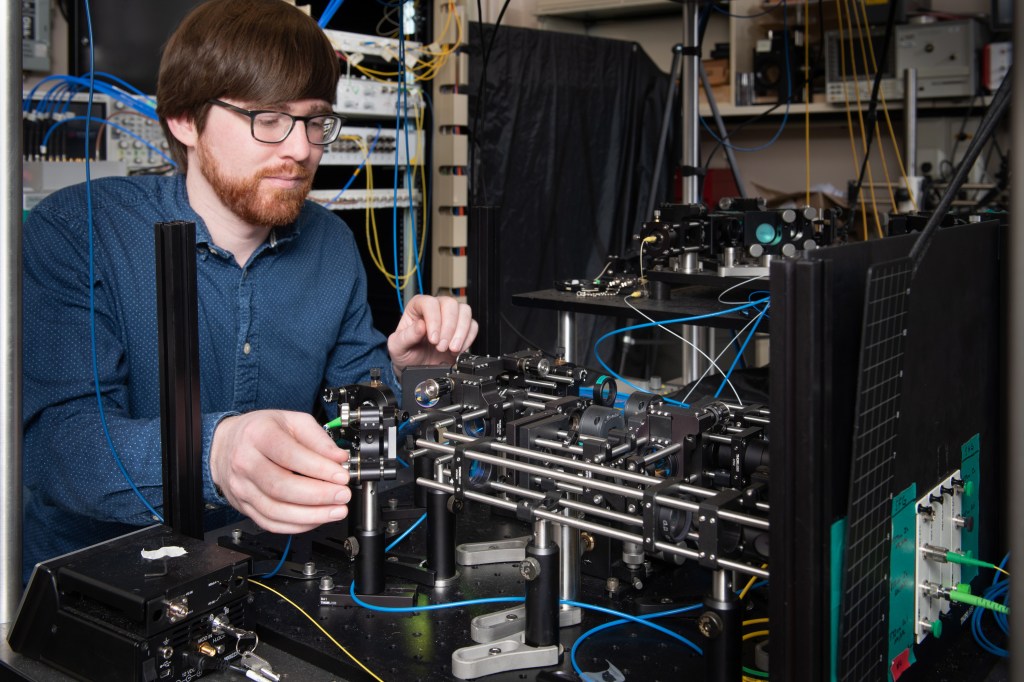
Quantum Information Systems for Networking and Sensing
NASA is developing quantum technologies for light-based communication and remote sensing, focusing on free-space transmission through space or Earth’s atmosphere.










